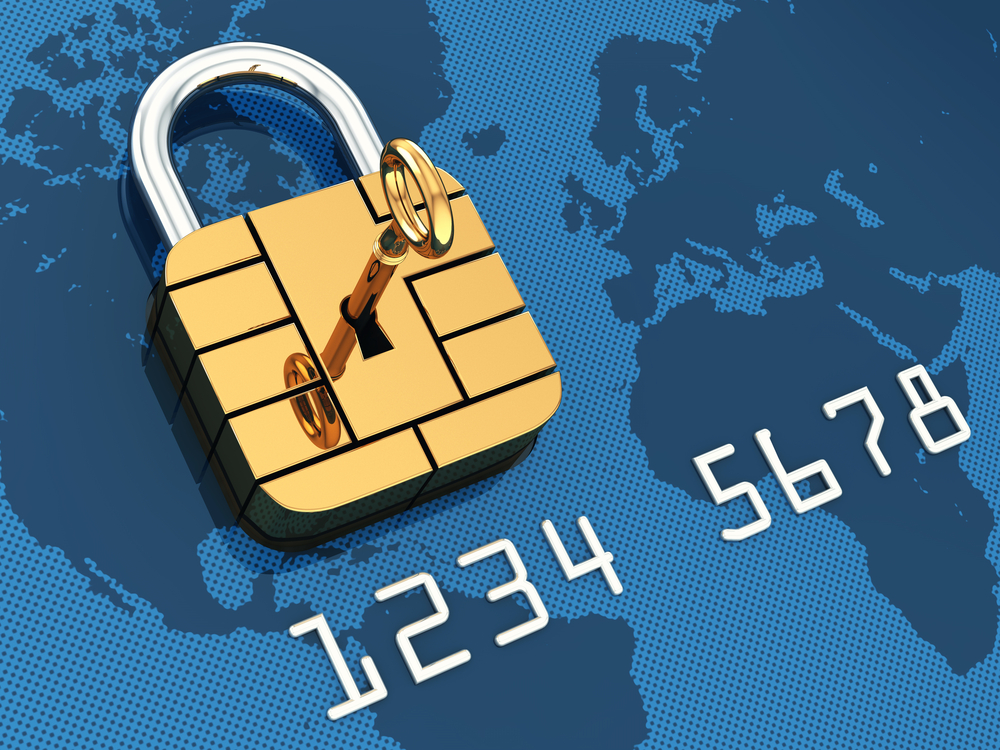

Cisco Systems has officially closed its $2.7 billion (£1.7bn) acquisition of cyber-security company Sourcefire on 7 October.
According to the networking giant, the deal should significantly boost its growing security business, as it expands from its networking roots to become an enterprise IT solutions and services provider.
The deal, which was first announced in July, came several months after the company’s purchase of Cognitive Security in January. Deals like these are not new to Cisco, but company executives have been vocal about the significance of the Sourcefire buy.
“The goal that [Cisco CEO] John Chambers has stated is for Cisco to be the number-one IT company,” Hartman said in an interview with eWEEK. “Security is a very crucial component, and enterprises expect that. … You can’t be considered a credible [IT vendor] without this security.”
Security concerns should only increase as more devices and systems becomes connected to the Internet and more workloads find their way into the cloud. Hartman said that what companies are looking for are flexible and simple security solutions that protect them from the edge to the data centre, which Sourcefire will enable Cisco to do.
Cisco has been aggressive over the past year in building up its security capabilities. The company in 2012 hired Hartman, who at the time was CTO at RSA Security, the security business for storage giant EMC. In January came the Cognitive acquisition, which brought with it a real-time behavioural analytics solution that Cisco has been integrating with its cloud-based global threat intelligence technology. These changes may help enhance security in distributed networks and reduce cyber-threats, both crucial capabilities during a time of increasing cloud computing and mobility.
With Sourcefire, Cisco is gaining security technologies that complement what it already offers with little overlap, Hartman said. The first step will be to integrate Sourcefire into Cisco, and to begin moving the products closer together. Customers should immediately be able to access Sourcefire products through Cisco, but enterprises will see tighter integration between Sourcefire and Cisco solutions occur over the next few months, he said.
For example, Cisco will continue innovating both its ASA firewall technology and the FirePower firewall platform from Sourcefire, looking for ways to incorporate both in future security solutions. The result will be a wider range of security capabilities for Cisco, according to Chris Young, senior vice president of Cisco’s Security Group.
“The single network perimeter has been replaced by a constantly morphing set of users, locations, access methods and devices creating the dual challenge of defending a dynamic perimeter and creating a near infinite number of points of vulnerability,” Young wrote in a post on Cisco’s blog. “To address these customer concerns, Cisco will provide a deep and broad portfolio of integrated solutions that deliver unmatched visibility and continuous advanced threat protection across the entire attack continuum, allowing customers to act smarter and more quickly – before, during, and after an attack.”
Page: 1 2
American space agency prepares for testing of Boeing's Starliner, to ensure it has two space…
As UK and Europe develop closer military ties, European Commission says it will invest €1.3…
Zuckerberg seeks to revive Facebook's original spirit, as Meta launches Facebook Friends tab, so users…
Notable development for Meta, after appeal against 2021 WhatsApp privacy fine is backed by advisor…
First sign of shake-up under new CEO Lip-Bu Tan? Three Intel board members confirm they…
Trump's nominee for SEC Chairman, Paul Atkins, has pledged a “rational, coherent, and principled approach”…